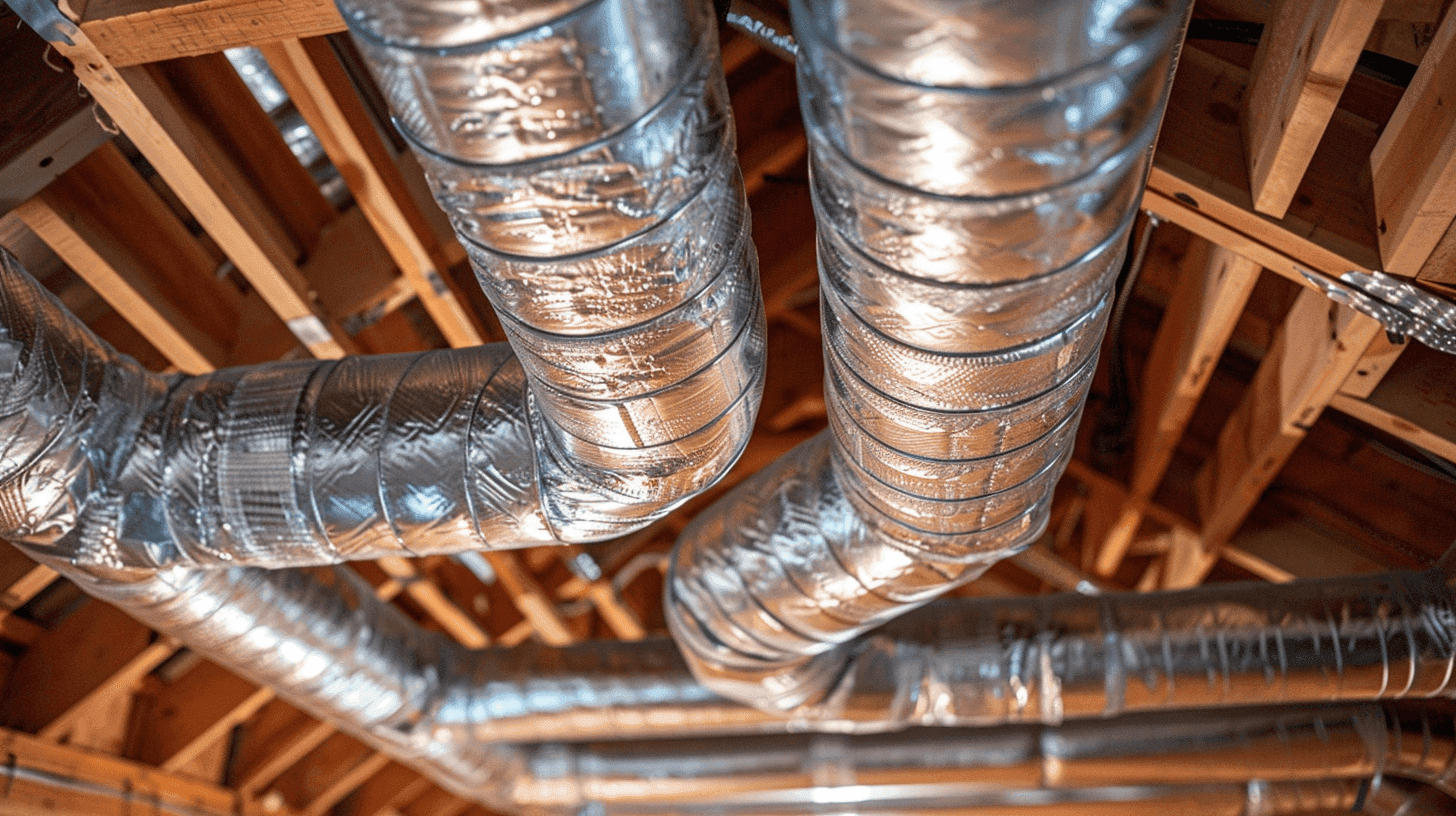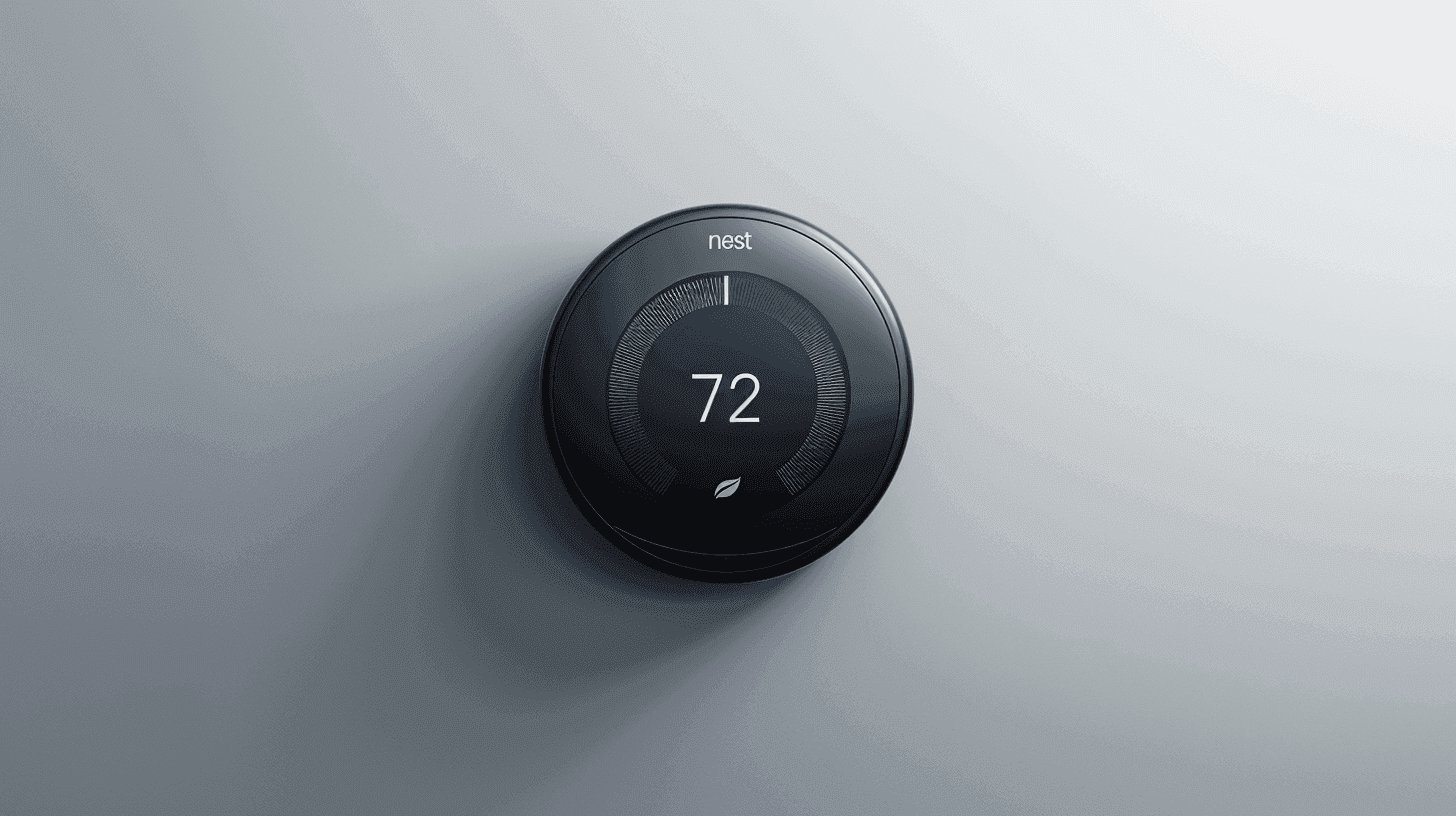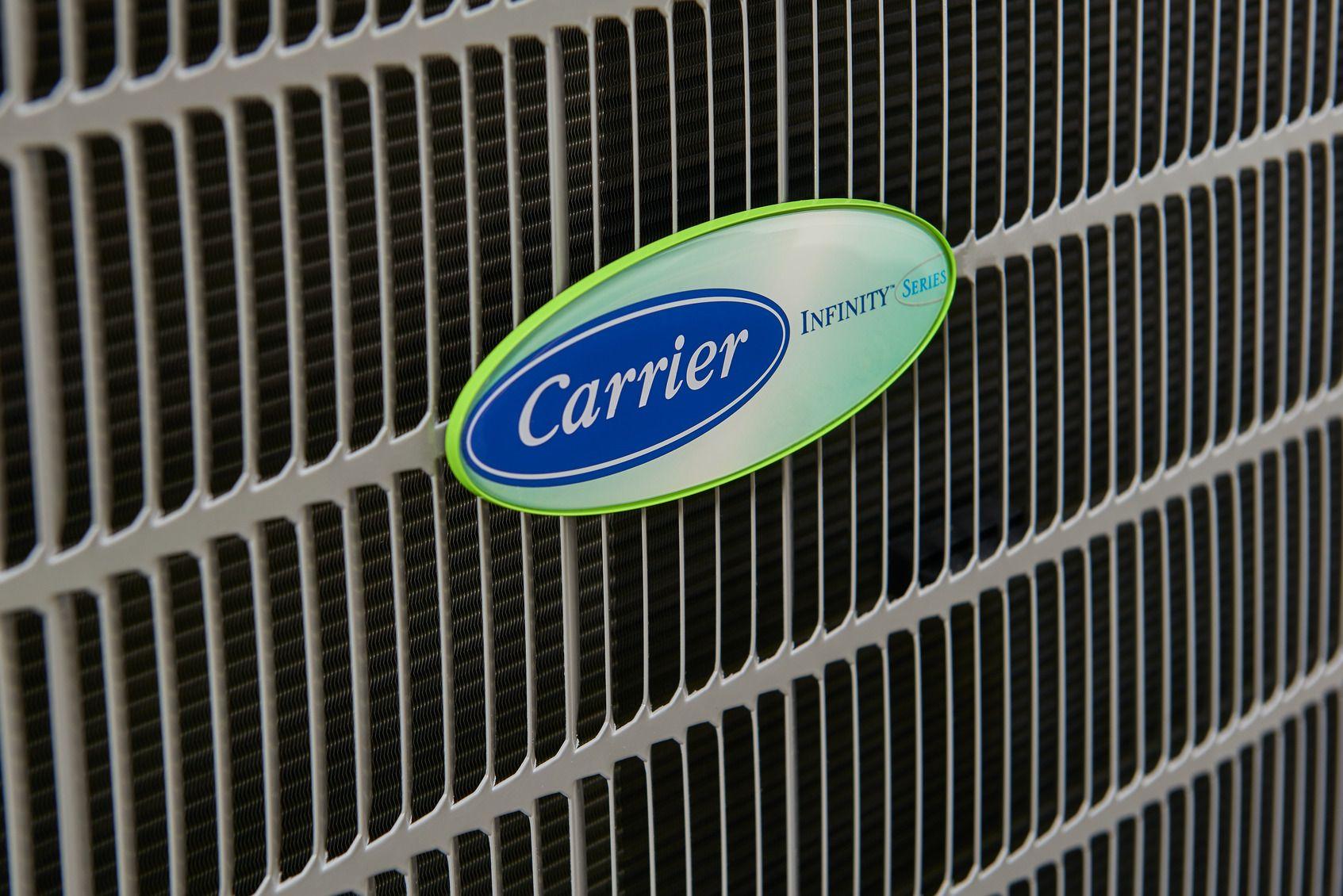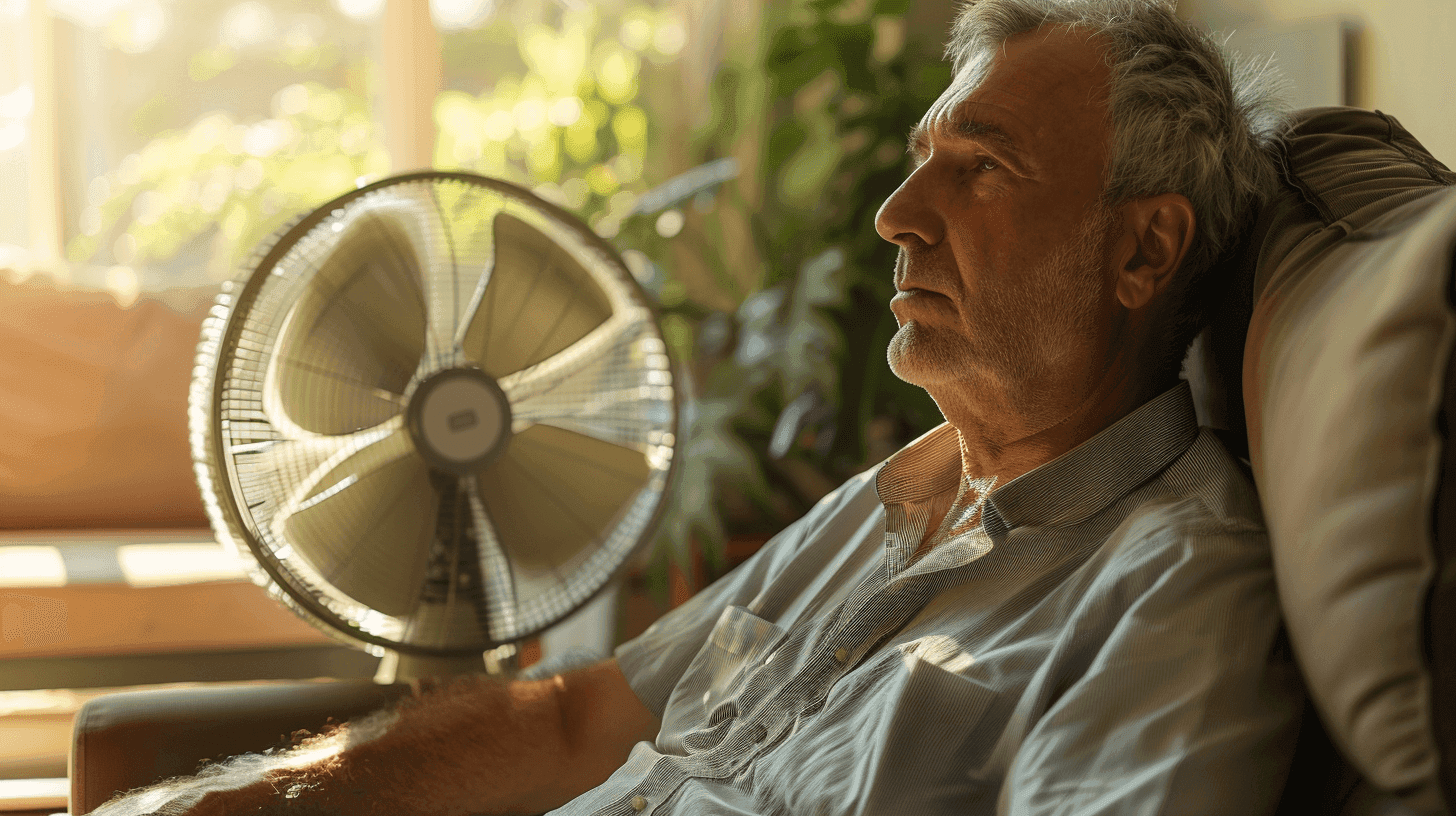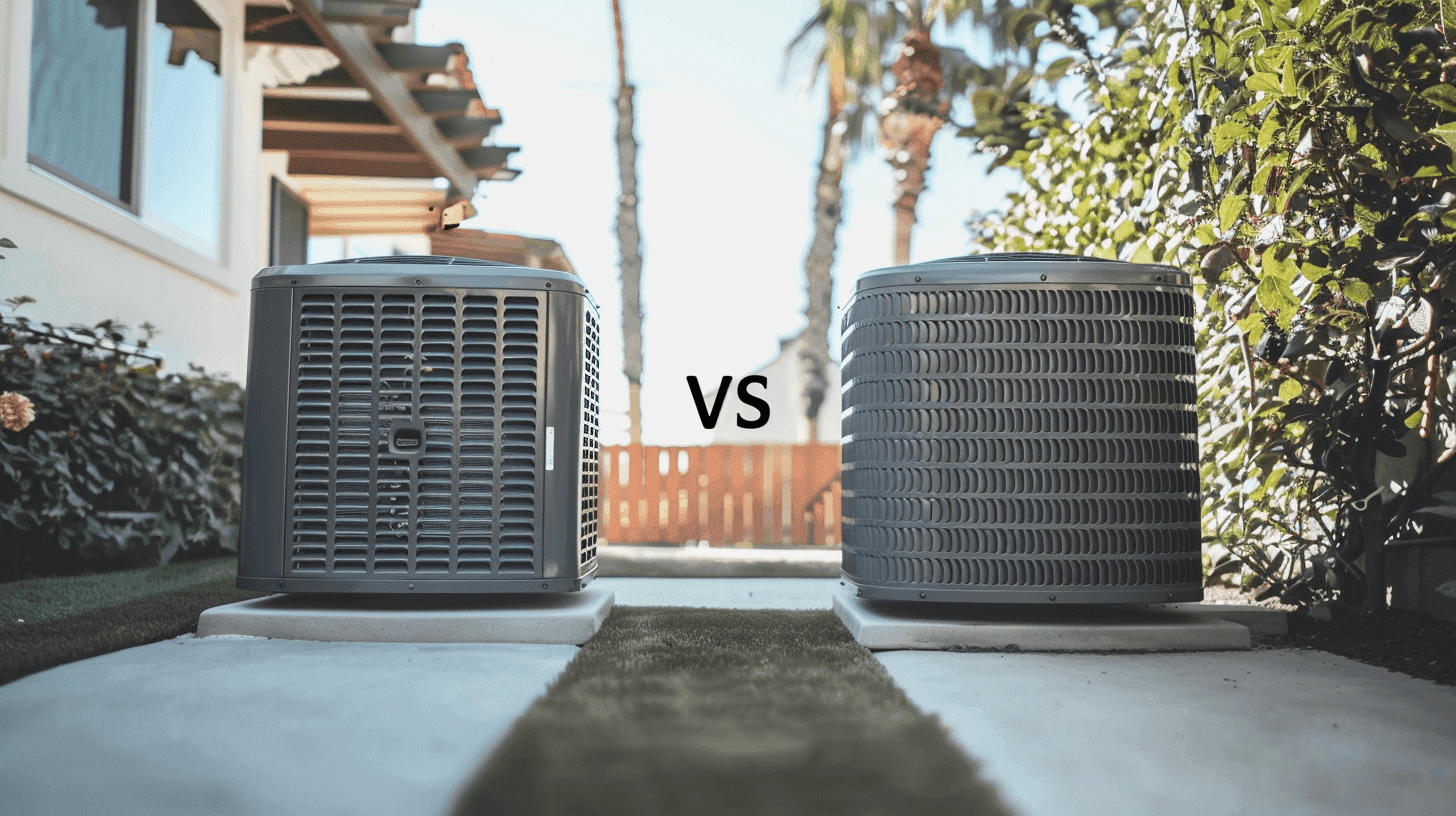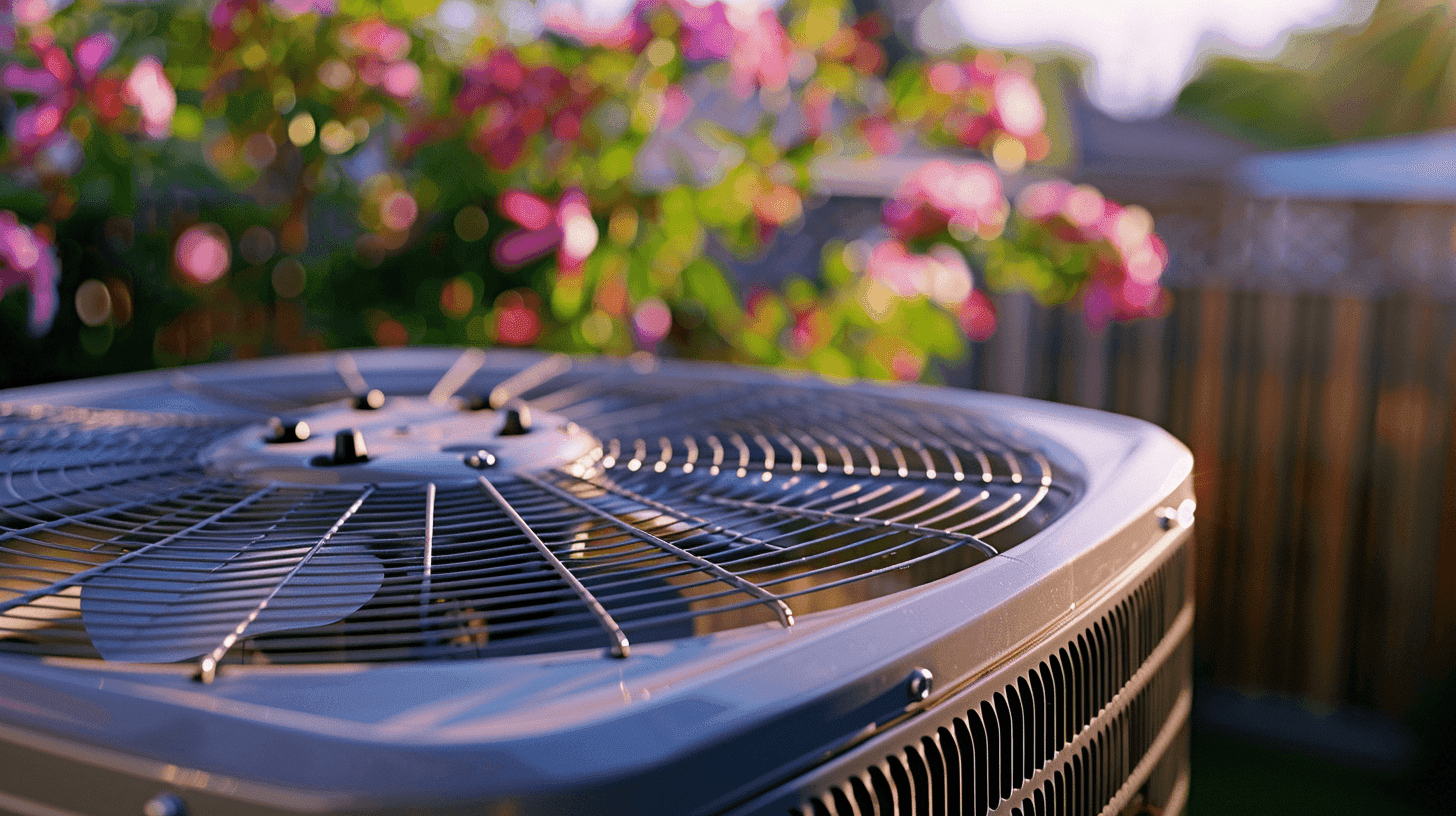
Different types of whole-house (central) humidifiers
Sharing your quote takes less than a minute


A whole-house humidifier (which can also be thought of as a “central humidifier”) is connected to the home’s hot air ducts and cold air return. It can either work with or independent of the heating/cooling system.
When the humidifier is switched on, water accumulates inside of a collection tray. The air passing through the heating/cooling ducts will then travel through the collection tray, pick up moisture, cycle through the furnace, and then finally returns to the duct system where the moisture-laden air is distributed into your home.
Installing a whole-house humidifier can save you energy and money, as a higher humidity level lets you set your thermostat lower to cut back on your electric bill. Whole-house humidifiers may also help keep you healthy by lowering your chances of catching colds, the flu, respiratory illnesses, and even reducing your chances of catching infections. In order to achieve these benefits, consider the three main types of whole-house humidifiers that you can install; bypass, fan-powered, and steam.
Get a quote for a whole-house humidifier.
Book nowBypass humidifiers
Bypass humidifiers add moisture to warm air via a furnace. These types of humidifiers take warm air from the home’s heating ducts and pass it through a water tray. This allows the air to collect moisture which is then delivered back into the house.
You can have a bypass humidifier installed on the supply or return plenum of your central air system. Bypass humidifiers typically need to drain their water supply, however. So if you don’t have a floor drain, you can always have a drainless bypass humidifier installed. These reuse their water supply, meaning that they use less water.
Fan-powered humidifiers
The only real difference between a fan-powered humidifier and a bypass humidifier is that the former uses a fan to push air through the water tray for increased water evaporation. Fan-powered humidifiers are able to produce up to a gallon more of humidity per day compared to bypass humidifiers. They’re also more energy-efficient, as the internal fan uses the same amount of electricity as a 25-watt light bulb. Because this is a powered flow-through system, it doesn’t require a bypass duct which allows it to be installed in smaller spaces. A power whole-house humidifier is great for homes built on slabs or with HVAC systems in a closet.
Steam humidifiers
Steam humidifiers work by electrically boiling water to create humidity in the form of steam. The steam is then picked up and pushed throughout the ventilation system. Steam humidifiers are the fastest and most efficient way to increase and maintain a good level of humidity in your home. Steam whole-house humidifiers also provide the purest and most natural form of humidity that you can have within your home. Steam humidifiers are able to run moisture regardless of the condition of your heating/cooling system.
Shopping for a whole-house humidifier?
Get a quoteFAQs: whole-house humidifiers
2. Follow the manufacturer’s instructions to mark and cut the hole for the humidifier in the main stack of your furnace.
3. Attach the humidifier mounting plate.
4. Use the manufacturer’s instructions to mark and cut the hole for the humidistat on the cold air plenum.
5. Attach the humidistat mounting plate and unit.
6. Connect the humidistat to the furnace controls.
7. Following the instructions of the manufacturer, connect the humidistat to the humidifier.
8. Depending on your local codes, either install a saddle valve on your hot water line and run it to the humidifier. If these are not allowed, shut off the water and water line before installing a T-fitting.
Certain types of whole-home humidifiers should not be installed DIY. It is generally recommended for steam humidifiers that you hire an expert to install your humidifier, as improper installation can result in serious damage to your HVAC system or home.
Sharing your quote takes less than a minute
